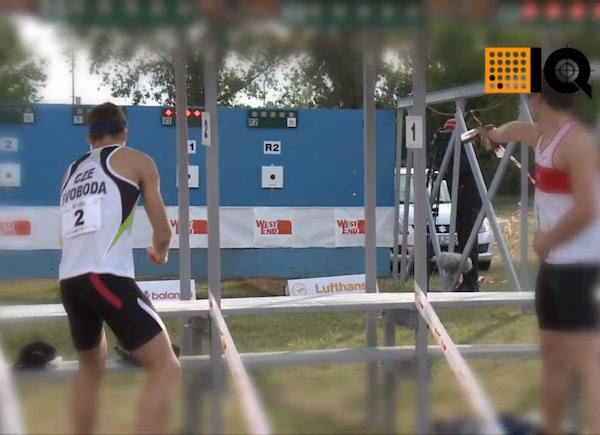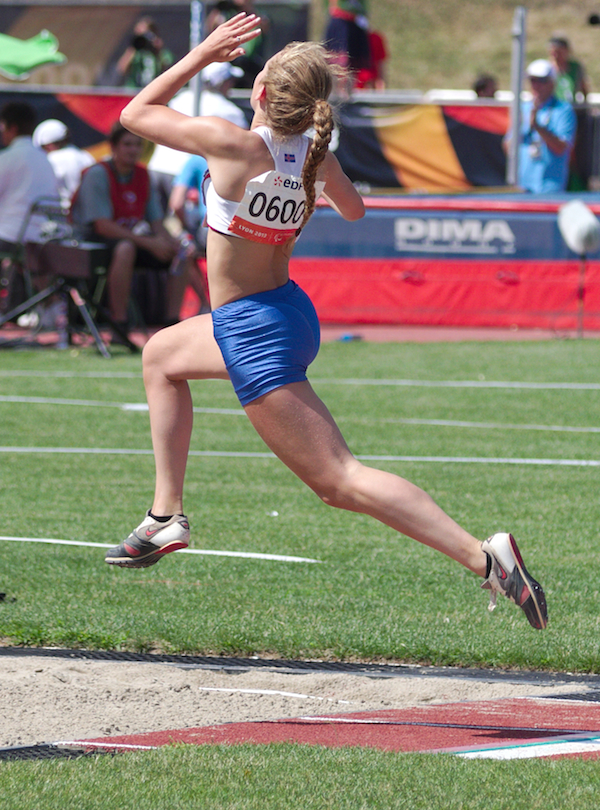All About Modern Pentathlon
The Olympics are a human tradition that goes back to ancient Greece but they’re also very much a product of late 19th century Europe. No event expresses this modern origin better than the Modern Pentathlon, a combination of thoroughly upper class Victorian European activities.
How Does Modern Pentathlon Work?
The modern pentathlon combines five skills into a single event: swimming, show jumping on horses, fencing, running, and pistol shooting. Scores are accumulate throughout the first thee skills: a 200 meter freestyle swim, a show jumping exhibition, and a epee fencing tournament. The cumulative score from those activities gets turned into a ranked list which defines when each athlete starts the final combined run and pistol shooting competition. This combined competition requires athletes to run 800 meters, shoot five targets, and then repeat four times. The genius aspect of using the earlier standings to stagger the start of the combined competition is that the person who finishes the run/shoot first is the overall winner. Another clever aspect of the modern pentathlon is that athletes are paired with a horse randomly 20 minutes before taking part in the show jumping competition. This is a far cry from normal equestrian events when athlete and horse practice together, sometimes for years before the Olympics.
Why do People Like Watching Modern Pentathlon?
One of my favorite stories about sports that I’ve learned over the past few years comes from David Epstein’s book, The Sports Gene. In it, he describes “the big bang of sports bodies” that happened during the 1930s. Before that time, the people who ran sports on a national and international level believed that there was basically an ideal body for sports (unsurprisingly a medium sized European man) and that a person possessing that body should be the best at virtually everything. The modern pentathlon clearly stems from that time. Because we now know that there’s an ideal body type for swimming (long torso, big hands and feet) and that it’s different from the ideal body type for running (long legs, very small torso), it’s in some ways extra entertaining to watch a sport that forces people to compete in different sports and rewards versatility.
Check out some highlights from the 2012 Olympics:
What are the different events?
The modern pentathlon is confusing enough with its five components, that it’s a relief to know it only has two events: men’s and women’s.
How Dangerous is Modern Pentathlon?
Well, let’s see. Swimming is pretty safe, as is running. The shooting is done with lasers, not bullets, so we’re good there. Fencing with epees is going to leave some marks, but no real damage should be done most of the time. Nope, the most dangerous sport in the modern pentathlon by far is the show jumping. Anything on a horse, particularly jumping over barriers, is dangerous! You can get pretty hurt falling off a horse and the pentathlon turns up the difficulty level by asking athletes to compete on well-trained but unfamiliar horses.
What’s the State of Gender Equality in Modern Pentathlon?
Perfect — 36 men and 36 women.
Links!
Bookmark the full Olympics schedule from NBC. Modern pentathlon is from Friday, August 19 to Saturday, August 20.
Read more about diving on the official Rio Olympics site.



